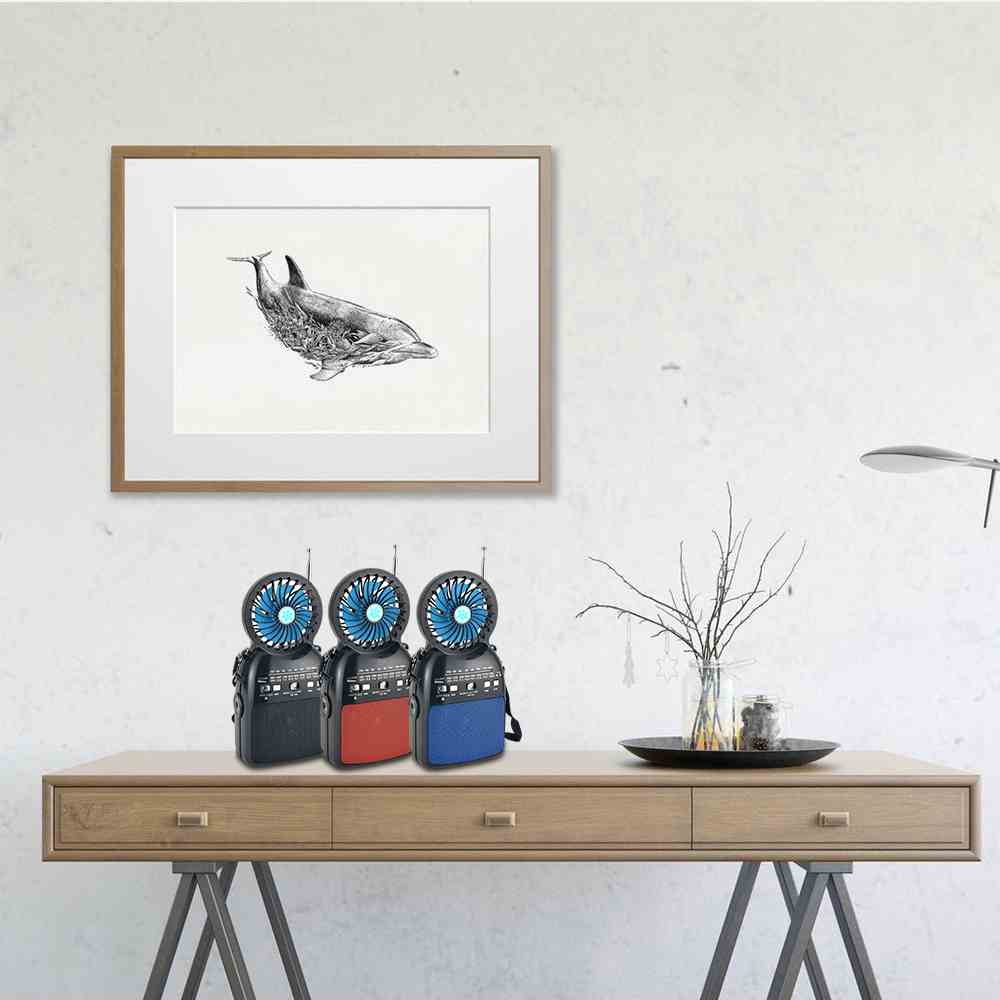Crossovers play a crucial role in speaker systems by dividing the audio signal into different frequency ranges and directing those frequencies to the appropriate speaker drivers.
Here's a more detailed explanation of the role of crossovers:
Frequency Division: Audio signals consist of a wide range of frequencies, from low bass tones to high treble tones. Different speaker drivers are designed to handle specific frequency ranges effectively. For example, woofers are optimized for low-frequency reproduction, while tweeters excel in reproducing high-frequency sounds.

Filtering: Crossovers act as filters that separate the audio signal into different frequency bands. They ensure that each driver receives only the frequencies it is designed to handle, while blocking or attenuating frequencies outside its intended range. This prevents distortion and allows each driver to operate efficiently.
Driver Protection: Crossovers also serve to protect the speaker drivers from receiving frequencies that could potentially damage them. By filtering out frequencies that are beyond the driver's capabilities, crossovers prevent excessive strain on the drivers and help maintain their longevity.
Frequency Response and Imaging: Crossovers contribute to achieving a balanced and accurate frequency response in a speaker system. By directing specific frequency bands to the appropriate drivers, crossovers help ensure a smooth transition between drivers, minimizing frequency gaps or overlaps. This results in a cohesive and well-integrated sound reproduction across the audible frequency range.
Acoustic Alignment: Crossovers aid in achieving proper acoustic alignment in multi-driver speaker systems. By carefully selecting crossover points and slopes, engineers can align the drivers' frequency responses to create a coherent and seamless soundstage. This improves the speaker's imaging capabilities, allowing the listener to perceive a more accurate and realistic sound reproduction.
Design Flexibility: Crossovers provide designers with flexibility in designing speaker systems with specific performance characteristics. They can tailor the crossover points, slopes, and crossover types (such as passive or active crossovers) to achieve desired frequency response, dispersion patterns, and tonal balance.

It's worth noting that the design and implementation of crossovers require careful consideration to ensure optimal performance. Factors such as crossover point selection, slope steepness, phase alignment, and driver integration all play a role in achieving the desired sound quality and overall system performance.
Overall, crossovers are essential components in speaker systems that enable proper frequency division, driver protection, and acoustic alignment, resulting in accurate and pleasing sound reproduction across the audible frequency range.
